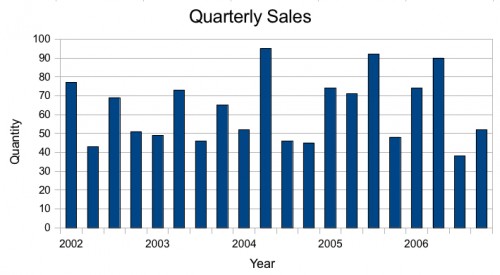A simple movement.
like
y = x and y = x + 1
y= x has 0 as its y intercept while teh other one.
if you graph both lines, y = x + 1, is just above y=x line.
You can also calculate it through this ti 83 graphing calculator, to get more graphing calculations.
